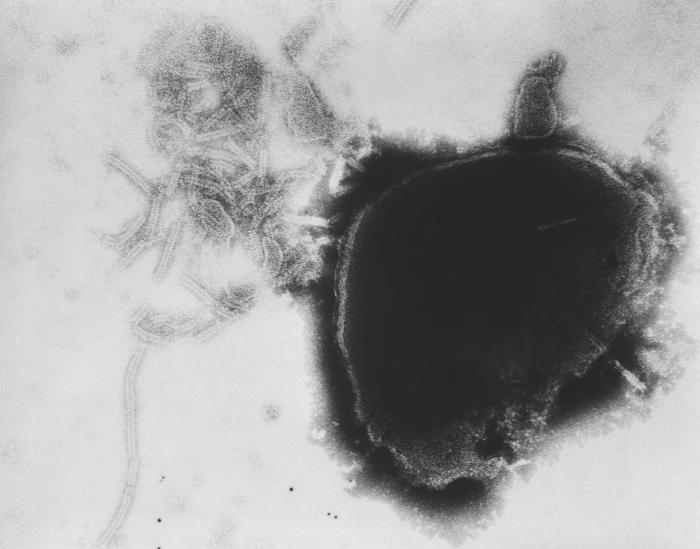The cluster of mumps cases on the University of Texas at Austin has grown to seven since the initial case was reported some two weeks ago, according to the University Health Services.

The total includes two additional cases reported during the week of May 18.
Individuals identified as having potential exposure have been directly notified by University Health Services in coordination with the Austin/Travis County Health and Human Services Department. This includes students enrolled in classes with this student as well as the instructors.
In 2014, mumps outbreaks hit several college campuses including the University of Idaho, Ohio State University and The University of Illinois at Urbana-Champaign, among others.
Mumps is spread by droplets of saliva or mucus from the mouth, nose, or throat of an infected person, usually when the person coughs, sneezes or talks. Items used by an infected person, such as cups or softdrink cans, can also be contaminated with the virus, which may spread to others if those items are shared.
Symptoms typically appear 16-18 days after infection, but this period can range from 12-25 days after infection. It is usually a mild disease, but can occasionally cause serious complications.
The most common complication is inflammation of the testicles (orchitis) in males who have reached puberty; rarely does this lead to fertility problems. For more infectious disease news and information, visit and “like” the Infectious Disease News Facebook page.
Other rare complications include inflammation of the brain and/or tissue covering the brain and spinal cord (encephalitis/meningitis), inflammation of the ovaries (oophoritis) and/or breasts (mastitis) in females who havereached puberty and deafness. Anyone who is not immune from either previous mumps infection or fromvaccination can get mumps.
In 2014, 1,151 people in the United States have been reported to have mumps, according to the CDC.

